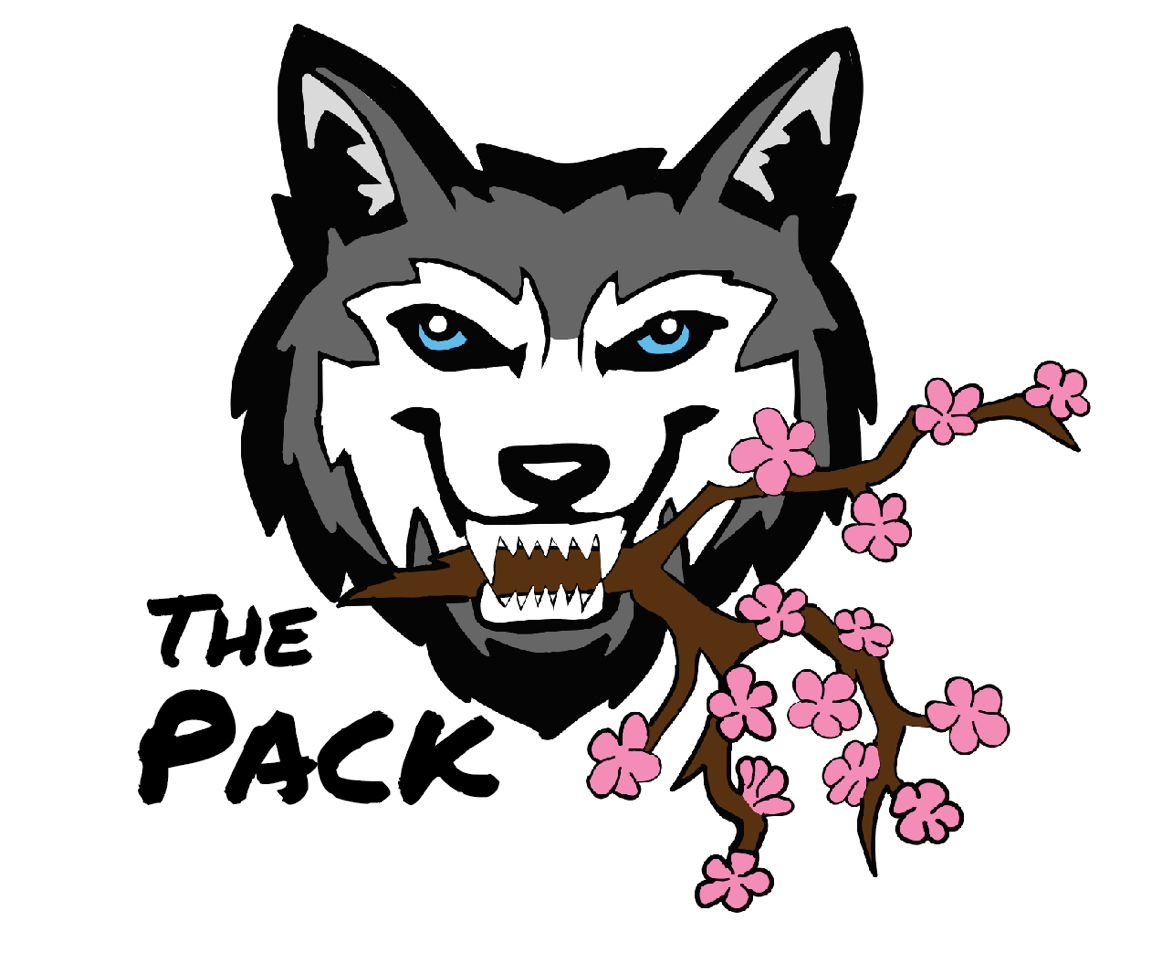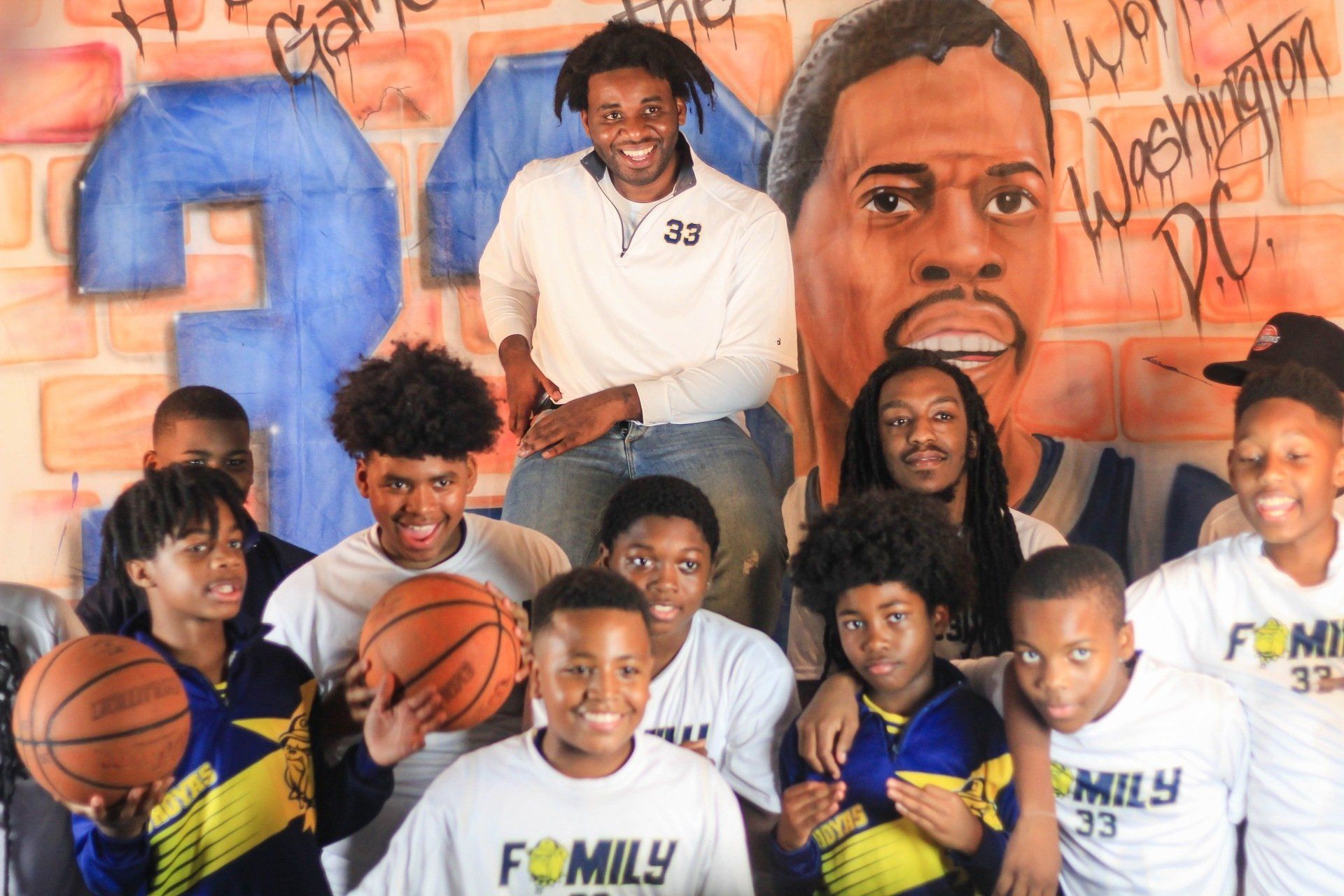
Basketball has a close relationship with the inner cities across the world. Sports such as tennis, golf, hockey, gymnastics, and so on, are not accessible for many black kids to participate in at an early age. A lot of this can be traced to a lack of access to resources within communities. With basketball, the game is simple. There’s not much equipment that needs to be purchased; all you need is some sneakers, a ball, and a hoop. In DC culture, basketball’s unique relationship with the city cannot be ignored. To understand it you must look past the mainstream of the NBA, where the Washington Wizards, formerly known as the Bullets, have struggled to maintain success since their last championship in 1978. Basketball is one of the true subcultures of DC. The Goodman League in SE DC, is a great example of that. NBA pros, amateurs and fanatics alike gather to participate or watch games throughout the summer. While those groups definitely hold impact, the biggest example of DC’s relationship to basketball is on full display with the game of 33. The goal of the game is to be the first to score 33 points, and there is no cap on the amount of people who can participate. What makes this unique to DC is the fact that many across the country play this same game, but they only play it to 21. 33 is a game that has been played on DC basketball courts for decades. No one knows the true origin of the game, but many trace it back to Patrick Ewings tenure at Georgetown University, and how Jon Thompson’s historic teams put DC basketball on the map in the 1980’s. Ewing famously sported the number 33 as a Georgetwon Hoya, and later on in his hall of fame NBA career with the New York Knicks. Kavon Martez explored this very relationship between basketball and Washington DC, with the debut of his documentary ‘33|DC’s Game’ alongside co directors Llyod Foster and David Ross. The short film explores the rules of the game, its possible origins, its ties to Georgetown, and DC’s love for basketball. For Kavon, the release of the documentary was a turning point within his life. Kavon is a native Washingtonian who previously dabbled with storytelling through making streetwear clothes. One day he decided to make a hoodie dedicated to the game of 33, and got a response that would propel his outlook on things moving forward. “So I used to make clothes a lot…that was like my first creative outlet. So the way it started was one of the most organic things in my life…I made like this dope hoodie explaining the rules of 33 and what it meant and then I put it up on my social media, just joking around and I never got a reception like that [before].I never had an organic response like that. I had no expectation that people would like the sweater. l was just like, this is cool, this is just DC, just a game we played. So I put it on my social media and I had like 150 comments of people like, "bro, I need this, this fire”. He soon connected with a friend of his, Lloyd Foster,a photographer attending NYU who introduced him to fellow filmmaker David Ross. Impressed with Ross’s previous work, a vision soon came to Kavon about what to do next. “I was just like, people really loving this idea of 33. You think we can make a documentary about 33? And I never went into a magical brainstorm like that before. That one night that I thought about it, I visioned everything that was going to come. And then we created the film and now I have a basketball organization named 33 Hoyas with over 80 kids.” 33 Hoyas is a youth basketball team founded by Kavon in 2020. In the aftermath of the 33 documentary, Kavon developed 33 Community DC, feeling a responsibility to continue what he started. I visited Kavon at Shepard Park Recreation Center in May to talk about this journey, and the outlook of the organization. From the very moment I met him, you could feel his focus and attention to detail in everything he said. You could also feel how much the culture of DC shaped him. In our conversation, Kavon discussed the pathway from the documentary release to developing a successful youth basketball program; connecting and receiving a donation from Chicago designer JoeFreshGoods; what he works to instill in the kids he mentors, and much more. Here is an excerpt from our conversation:
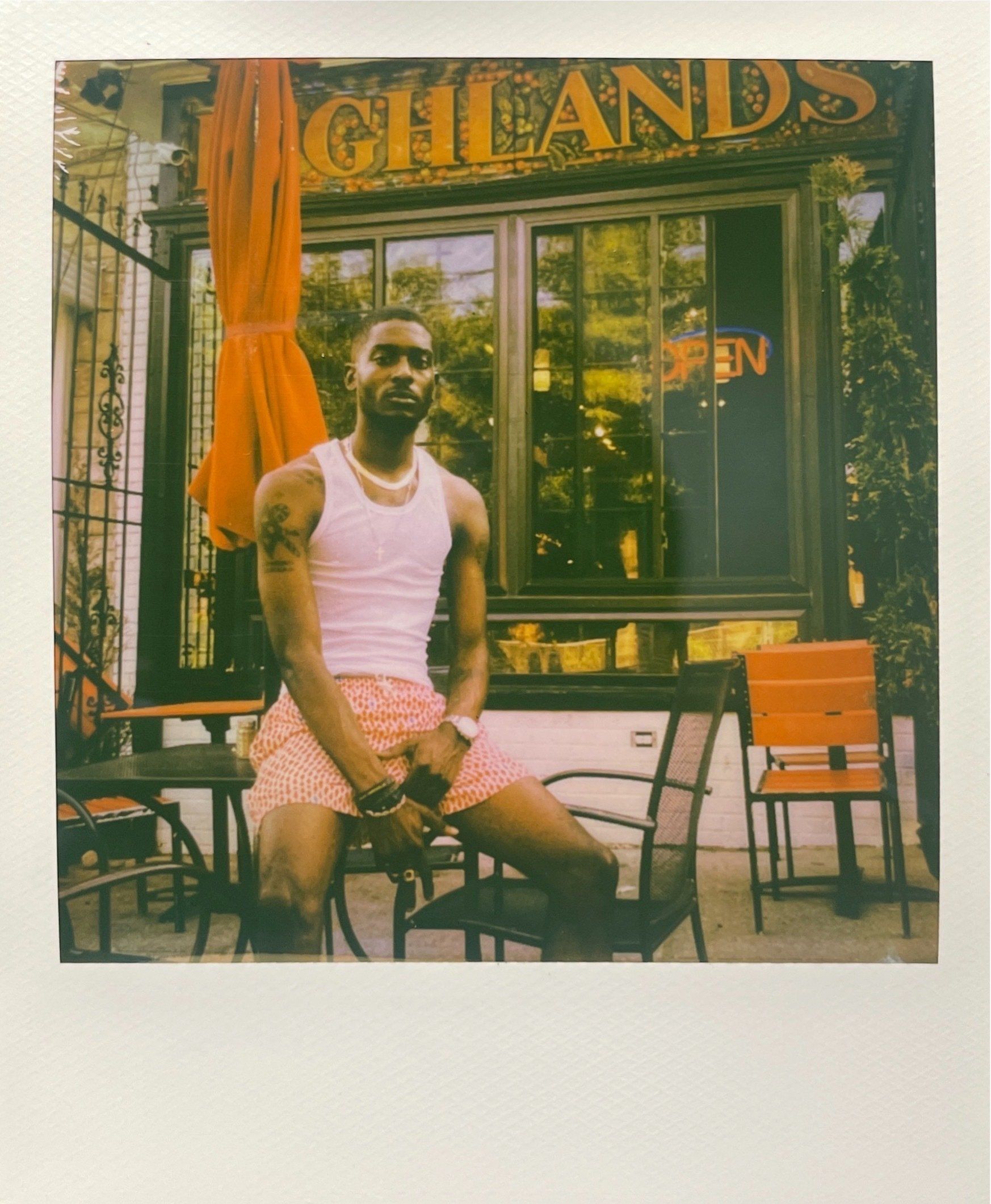
Ty Hobson Powell is one of the dynamic voices in DC advocacy. It’s hard not to be impressed with his resume. Ty finished high school at age 13, graduated college with his bachelor’s degree at age 15, and received his masters at age 17. It would be easy for Ty to be defined by these academic achievements, but his reach and influence go far beyond them. He is an activist that has been critically engaged with all issues relating to the well being of Black people in DC, especially within the last few years. In 2020, after seeing the frustration of his peers during the many racial justice demonstrations of 2020, Ty co founded Concerned Citizens to help organize the thoughts and voices of DC. Concerned Citizens started with marches, and soon moved into a place of advocacy through mutual aid drives and providing communal resources for residents of DC from turkey drives all the way to feminine care products. Ty’s advocacy has also crossed over into making sure DC Statehood has a future. He has been a partner with 51 for 51, a group that mobilizes to ensure legislation making DC a state has a future to be passed. Though Ty Hobson Powell wears many hats, he is one of the most approachable individuals you will ever meet. I met him on the corner of 14th and Crittenden St in Uptown DC, right across the street from Highlands. A random bystander probably wouldn’t guess that this 6’1 black dude posted on the corner arguing about how good Luka Doncic has been in the playoffs so far, is one of the leading advocacy voices in DC. But that’s the point. Civil engagement should not be gatekept, or have a certain look. That premise is what's kept the average person from feeling like they have a voice that can participate in the larger discussions. The politicians that represent us are not seen as real people who live the same lives as us, or people that we can just walk up to on a random street corner and talk to. Ty and I talked outside for about an hour. Here is an excerpt from our conversation:
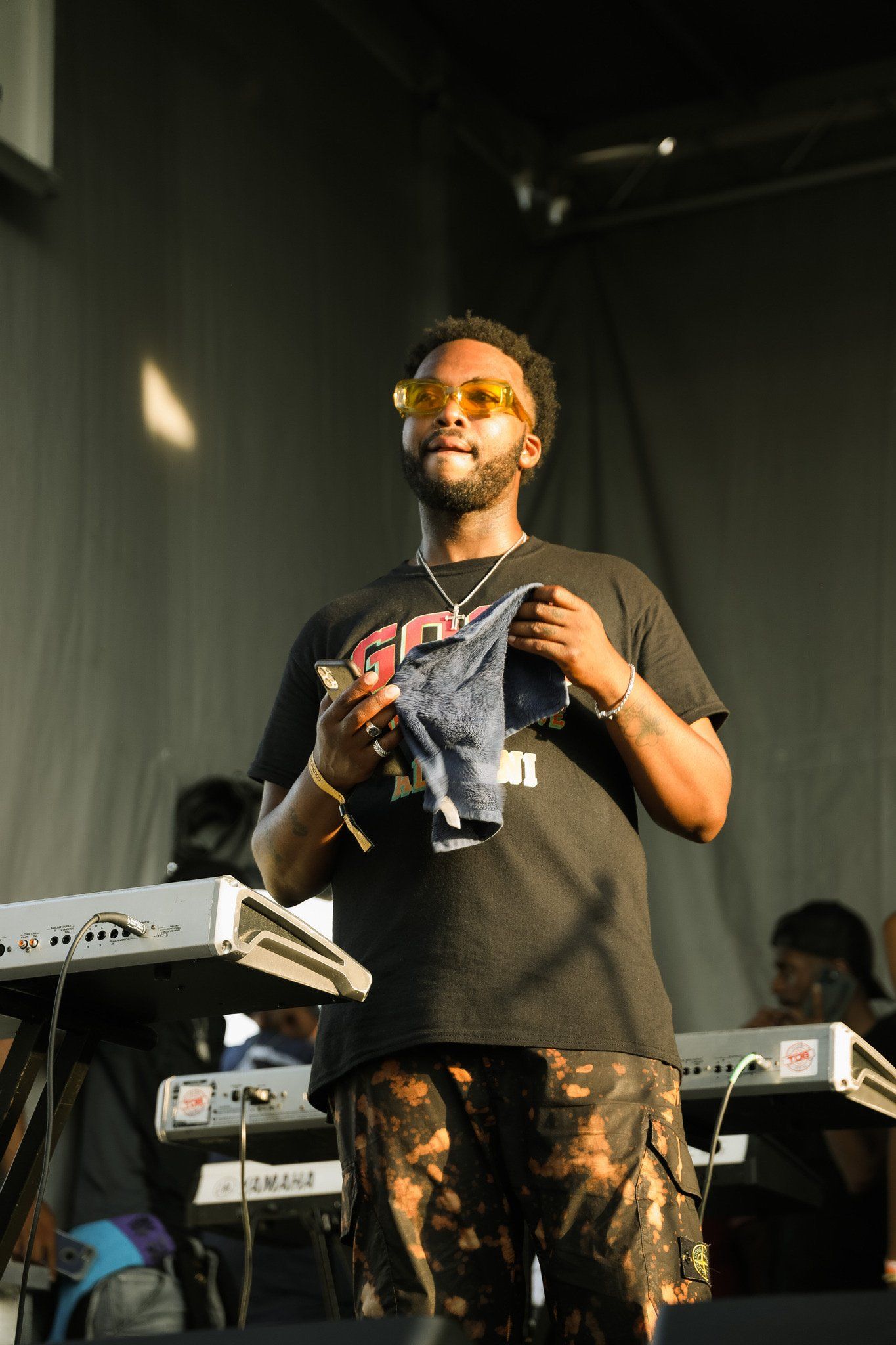
“If you have a black-tie event, you don’t have any problem. But if you bring go-go in, you’re going to have problems.” This quote from 2005 was stated by retired DC Police Commander Larry McCoy. It captures the sentiment that many police officers and some government officials had toward DC’s native genre. In the early 2010’s gogo stood on its last leg as a cultural giant within the city, as many venues were shut down or reported, citing either violence or loud noise complaints from new neighbors. Many bands were often surveilled by police, and in 2010, MPD’s GoGo report was discovered, where officers passed around a list of weekly shows and performances, in the hopes of “intervening in violence” In 2010 Former Prince George's County Police chief referenced TCB gogo shows as , “violence masqueraded as entertainment”. Ten years later, on February 19th 2020, DC Mayor Muriel Bower signed a bill into law that designated GoGo Music as the official music of DC. This hillturn of the city's acceptance of gogo has a lot to do with the work of Justin “Yaddiya'' Johnson, and the mobile gogo movement he founded with Moechella. If you have been in DC the past 3 years, it would be very hard for you to not be familiar with the gogo event that often doubles as a form of protest. In 2019 Yaddiya put together years of experience in the gogo circuit and organizing protest against actions of the federal government during the Trump administration, to respond to a local incident involving gogo. The moment is pretty well known and infamous by now. A white newcomer to DC made a complaint about the gogo music being played out of the Metro PCS store on the corner of 7th and Florida Ave, a tradition that is beloved my DC residents. When the store stopped playing the music, this hit the nerve of Natives across the city, who were already dealing with the circumatsnces of gentrification in many other ways, now it was extending to the music!? The DOnt Mute DC Movement began and the gogo event of all gogo events was created, Moechella. Yaddiya and Moechella celebrated their three year anniversary on May 21st, 2022 with a concert at the Howard Theater featuring special guests, TCB, New Impressionz, Comedian and DC mayoral candidate Red Grant, DJ and EAT Founder AllHomage, DJ NahFr, and many more. I caught up with Yaddiya a few weeks before the event, in the midst of his promotion run. We sat on Wisconsin Ave near the National Zoo, and our conversation went as follows:
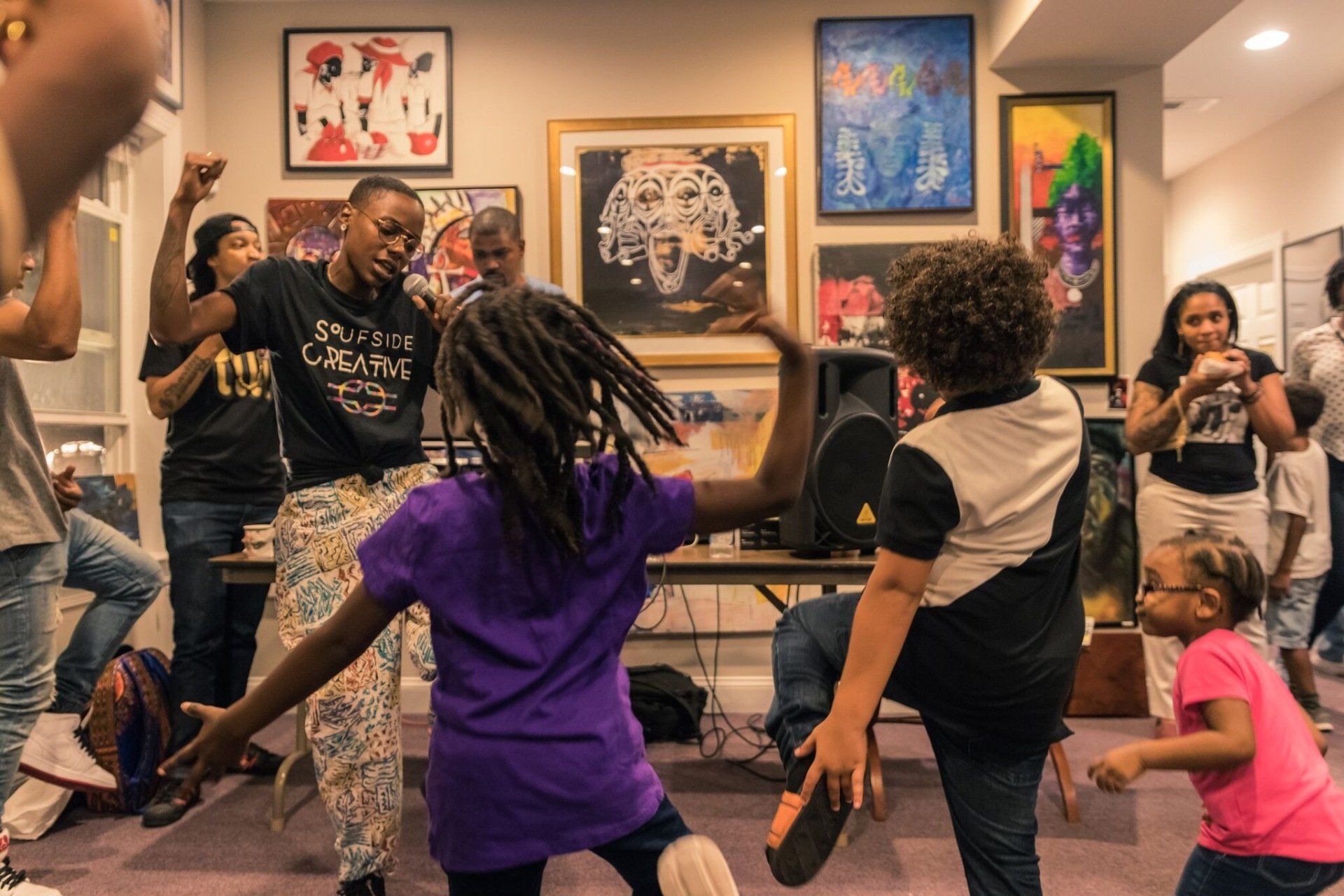
The Southside of DC, affectionately referred to by many as Soufside, is often misunderstood. Many think of the violence that takes place in Wards 7 and 8, and the discrepancies in the amount of grocery stores and hospitals this area has in comparison to other parts of the city. While many attribute negative connotations to the Soufside, many see it as home to some of the most personable and resilient people you will ever meet. They see a place where the talent is unlimited in terms of sports, art, music, food and much more. Keyonna Jones has long been one of the people who has seen the potential for the Soufside. Jones is a creative in all facets of the term. She is the executive director of the Congress Height Arts and Culture Center, and touts herself as a one woman band who will get whatever needs to be done to advance the space of art within her part of the city. Keyonna has pushed initiatives forward such as SoufsideCreates, and since 2015, the CHACC has been a creative hub that artists can have exhibitions at, small businesses can vend, and people of all ages are exposed to new ways of interacting with their artistry. In 2020, during the heart of the pandemic and racial justice protests within DC, Keyonna was approached with a tall task. She and other artists in the city were approached by the Mayor to paint the yellow Black Lives Matter mural, located now at what is known as Black Lives Matter plaza in downtown DC. When Keyonna was recognized as one of the lead artists, and pulled from anonymity, she used the press she was receiving as an opportunity to continue her mission, push forward the creative arts space in southeast DC. I visited Keyonna at the Congress Heights Arts and Culture Center on MLK Ave in SE, to pick her brain on the past few years, and her mission of making art accessible in Southeast DC. Here is an excerpt from our conversation:
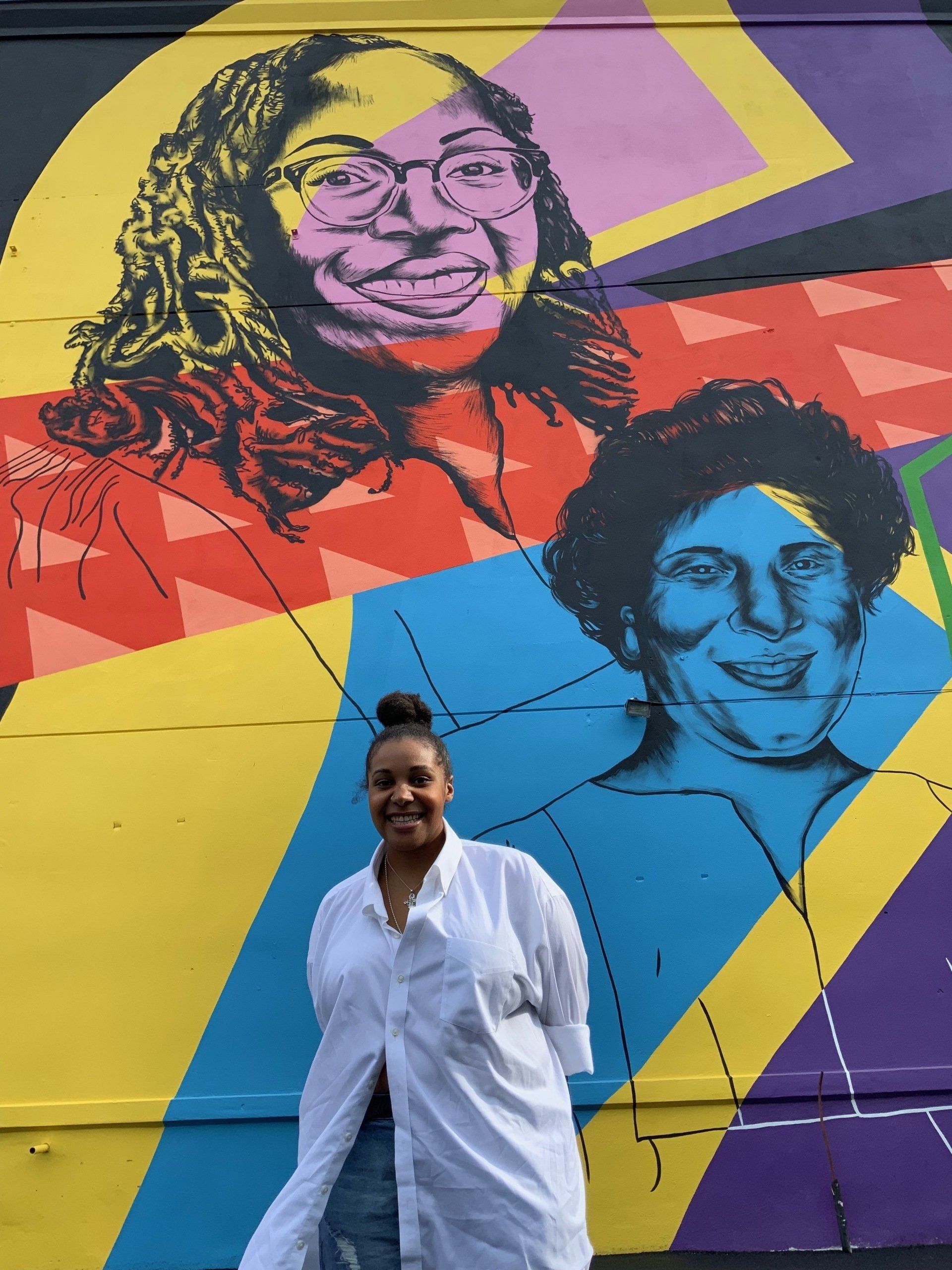
DC is one of the most unique cities in the country in terms of its arts scene. You will see everything from street graffiti, and political art to fine art exhibitions and installations. Throughout each street, you will likely see a mural or sculpture of some kind, paying homage to history or just celebrating the rich culture of the city. Nia Keturah Calhoun, is one of the constant contributors to this very scene. Nia is a multidisciplinary hailing from Maryland, who is constantly creating art that celebrates Black culture in America. If you have been in DC within the past few years, it's possible you have passed by her art without even knowing. She has recently created a cherry blossom sculpture that was acquired by the Mayor’s office, and sits within SE DC. She created visual artwork for Rare Essence’s Overnight Scenario detailing the famous scene the song plays out, and also painted some street dividers with a nice question on them, “What do they call math in DC? AD+MO.” Recently, Nia was tasked with her first full mural. The subject? Supreme Court Justice nominee Ketanji Brown Jackson. By the time Nia finished the mural, the Senate officially voted to confirm Jackson and send her to join the court. I caught up with Nia at the corner of 14th and S Street NW, in front of the mural to pick her brain about the mural making process, and how she approaches her art:
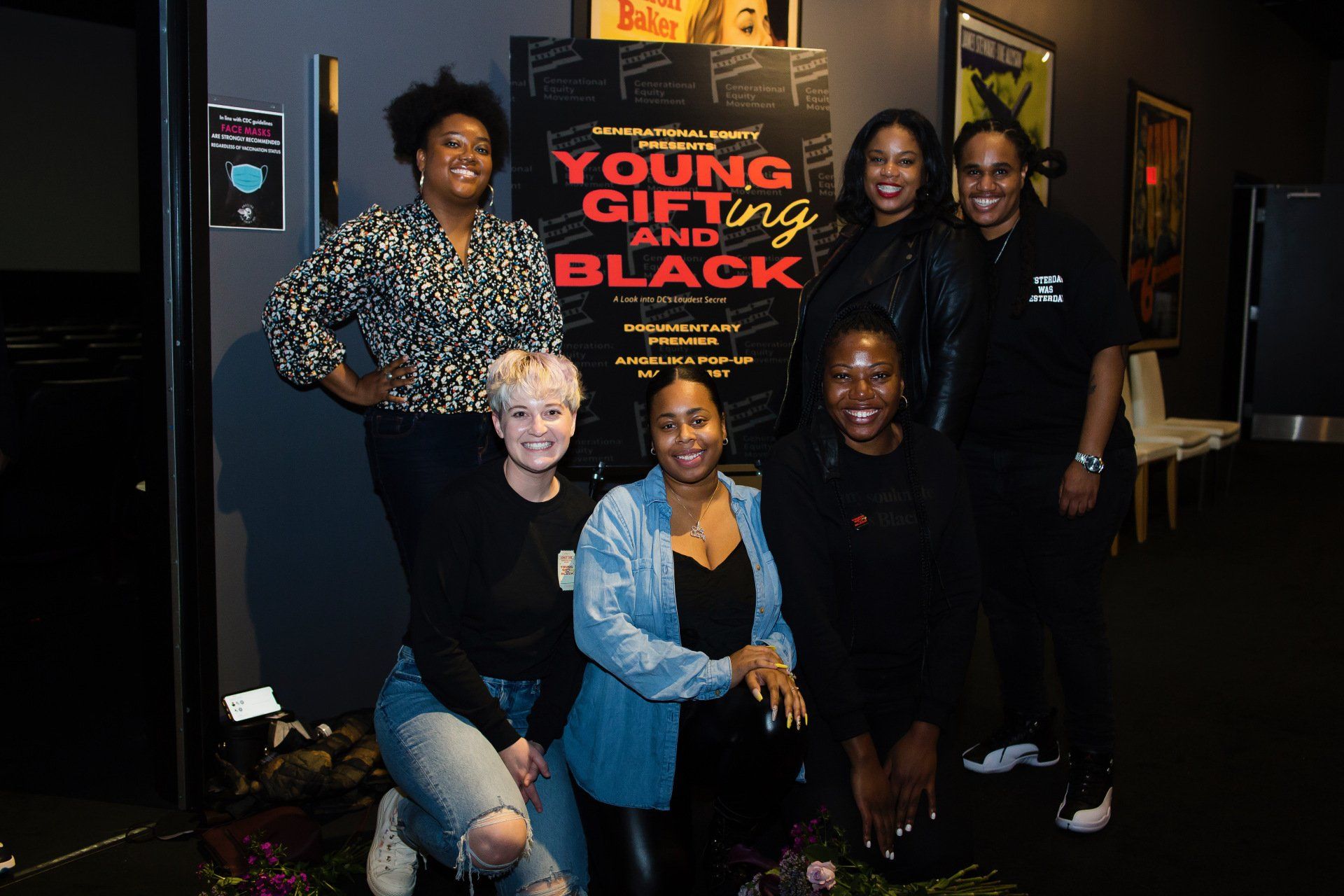
On March 31st, 2022, DC Council Chairman Phil Mendelson called for a vote on emergency legislation that would give the city the ability to close down any marijuana gifting business in DC. The bill would implement these changes as soon as May, and many I-71 gifting shops would have been subject to closure. For Generational Equity Movement, this breaking news caused shock for a few reasons. Not only were many of the members workers within the gifting community, they were hours away from releasing a documentary at the Angelika Pop-Up Theater at Union Market, that covered the very subject. GEM felt a conflicting feeling of fear of the unknown, but also power in knowing that they would soon have a movie theater sized audience that was ready to hear their input. Culturally speaking, weed has always played a role within the city. DC has their own customary smoking rituals such as using sheets and funnel. Since 2014, DC has been living in a gray area when it comes to weed. It was now decriminalized to where MPD could now give out tickets for smoking in public instead of jail time, all the while still being federally illegal. You could now walk around with up to an ounce of weed on you, as long as you showed no intent to sell it. Residents are even allowed to grow a limited number of marijauna plants in their homes. Businesses however, would face the most drastic and complex changes. Selling weed was still illegal, but simply gifting it to someone was now decriminalized.This law created the gifting industry. As a loophole, businesses often sell art, books, pencils, stickers or other items, and accompany that purchase with a selection of weed. Since the weed is in addition to the initial purchase, it is considered a gift, and by law, legal. Most of these dealings are done in cash. For eight years this trend has continued with many black residents starting lucrative businesses within the marijuana space. Many of them couple as creative businesses, often serving as incubator hubs for the arts. Within the past few years, this gray area had been in constant threat, with various legislation proposals to strike this status down, despite the fact that in 2014, DC residents voted overwhelmingly to have weed legalized in their city. Because DC is not a state, Republican Congressman from Maryland Andy Harris was able to insert a rider that prohibits local lawmakers from moving forward on legalizing marijuana sales. Generational Equity Movement saw how entrepreneurship in this space gave a new wave of young Black Washingtonians an opportunity to provide for themselves and insulate their communities. They also saw how the uncertainty of the marijuana laws in DC put many black entrepreneurs in danger of no longer being able to provide for themselves in a legal manner. So they decided to put together the documentary titled Young Gifting and Black, which explores DC’s relationship with weed, the positive things business owners have been able to provide for their communities, and how the issue of marijuana also goes into civil rights, and the politics of being denied agency without having DC statehood. I chatted with members of Generational Equity Movement, including their documentarian, to pick their brains about the state of the marijuana industry in DC, and what went into making their documentary Young Gifting and Black. Here is an excerpt from our conversation:
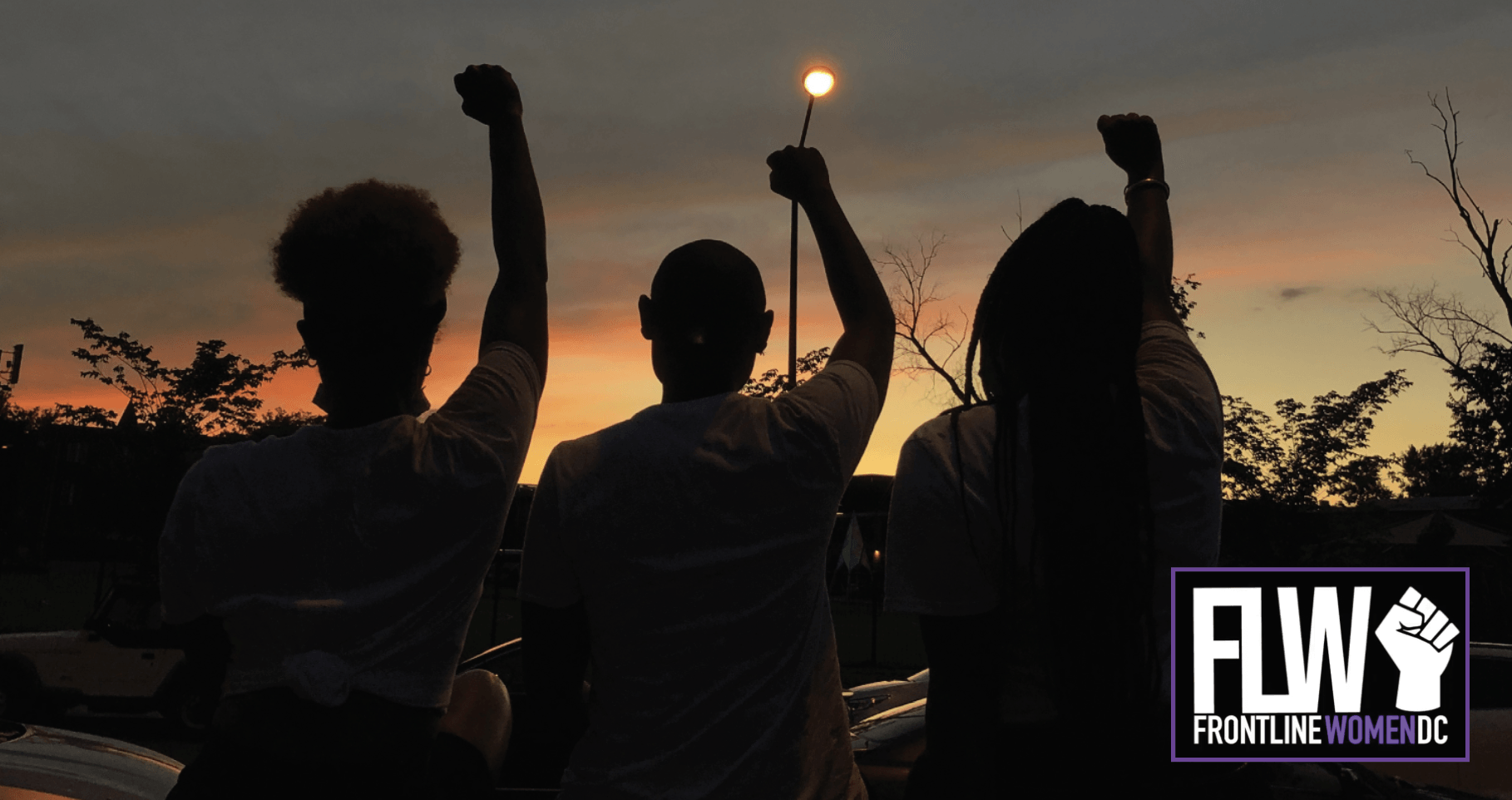
Activism is inspired by a call to action. People observe a need that is often neglected and ignored; and that neglect elicits action. This has been a constant theme for the year 2020, which has been plagued with the COVID-19 pandemic and racial strife in the country, especially within the nation’s capital, Washington D.C. Frontline Women DC, a group of young black women who are advocating for the needs of Washingtonians are one of the best examples of recognizing areas of neglect, and organizing to address them head on. In early June, they came together in reaction to the death of George Floyd, a definitive last straw for many black people who were tired of hearing about police encounters ending with the same deadly result. “The inspiration was definitely through the George Floyd protests. That’s when we came together right at the beginning of June. We really just wanted to make an impact and we didn’t know exactly how we were going to do that, but we just wanted to be a part of this special moment in history. It was like a really weird time and it’s just like, I want to do something. I can’t sit home and watch this on social media and on TV and not be a part of the movement.” The need to participate in the overall movement for justice translated into the formation of Frontline Women. Subsequently, the group organized resources from district residents across the city to provide protestors with food, water, and general financial support to help protests spread their messages. Though their advocacy started with a desire to support protestors of racial injustice, Frontline Women’s mission has expanded into many areas that directly addressed problems DC residents are facing, especially when it comes to black women. “We wanted to center black woman because we felt like in the movement in general and also in DC, we don’t really see the focus of a lot of the movements and activism here being black woman. So we wanted to create the space for ourselves. A lot of black are black women are abused, killed, violated by the police and just by the system in general, that gets overlooked. I think when you have an organization that is founded by black women, we’re always going to put those issues first. For example two girls back in June, were murdered in DC. It wasn’t by the police, but we are still victims of violence within our community and outside our community. We really made an effort to donate to their go fund me’s and spread awareness to violence against black women in DC. I think it’s important to have things that are for us by us when it involves black women, because we’re always going to champion us.” Saige Ballard and Zymia Joyner are the young women referenced. They were two black teenagers who were murdered due to the rampant gun violence that has taken place in DC this year, especially during the summer. When Frontline Women heard of their stories, they immediately used the profile they built aiding protestors in order to funnel aid and support to those two families. Since the summer, Frontline Women DC have organized a series of events to give DC residents resources. Grocery giveaways to Wards 7,8, which are areas that have been historically disenfranchised due to their demographics and location. School drives to provide supplies, as many children went back to school in September without the same familiar infrastructure present. As election season approached, they mobilized to register people to vote, as well as sharing important information with their communicates about how and where to vote. Though they have been able to organize and provide resources to support many communities in DC, members of Frontline Women DC sounded off on a number of issues that are on their radar moving forward: “I think one of the biggest issues is definitely the lack of access to healthy food across the city, food insecurity in general. As DC has become more gentrified those neighborhoods before that didn’t have access to grocery stores, maybe only have like a corner store, now have grocery stores and things like that only because white people have moved in the neighborhood. You can see that these places where white people haven’t moved yet still don’t have access to groceries. Someone should be able to walk down the street and get food because everyone doesn’t have access to cars.” “I also think, to be a little more black women specific, DC is one of the most high risk places to have children in the country, especially if you live east of the river because there aren’t any hospitals, and the hospitals that are in DC right now outside of Howard, you can’t really go to most of them if you don’t have insurance or it’s going to be extremely expensive. That’s something that alarms me. That’s also a huge issue since we’re in the middle of a public health crisis; that there’s just not access to medical care, especially for black women, like there should be in a major city like DC.” “A big thing is cultural and social awareness, just coming back to DC and seeing how gentrifiers, even black people who are new to DC, not understanding the culture. We would like to see more emphasis on teaching people about black DC culture. I just felt like a lot of people are just not culturally sensitive or aware of how inspirational DC’s culture has been and how it’s being taken away through gentrification.” “DC has always been violent, but I feel like this summer in the past couple of years, it’s been super evident. We know that a lot of that is the effect of gentrification. People are being pushed together, but also there’s not a shared community responsibility just to keep everyone safe and alive anymore and that’s just stressful and kind of alarming to think about, especially as we get older and we’re going to start having kids and wanting to raise families here, it’s just not safe and we don’t feel safe when the police come. They don’t necessarily give the care and the proper attention to a lot of these cases like they should, the mayor doesn’t; It’s like us as activists and as community members are the only one who cares.We’re the ones supporting the families when they need help after they lost loved ones.” “It kind of goes back to gentrification. I know growing up here, there were a lot more resources for homelessness. A lot of homeless people had a lot more shelters that they could go to. A lot of addicts had drug treatment programs that they could get into, and now it’s little to none. That’s extremely frustrating, especially with drugs being exposed to younger kids. A lot more people are on the street and there’s a pandemic on top of all of this. Homelessness is at such an alarming rate and then people are already being pushed out from some of the places that they are staying. It’s very concerning.” You can follow Frontline Women DC on Instagram @FrontlineWomenDC in order to keep up with their community events, as well as receiving information on how to donate or volunteer.
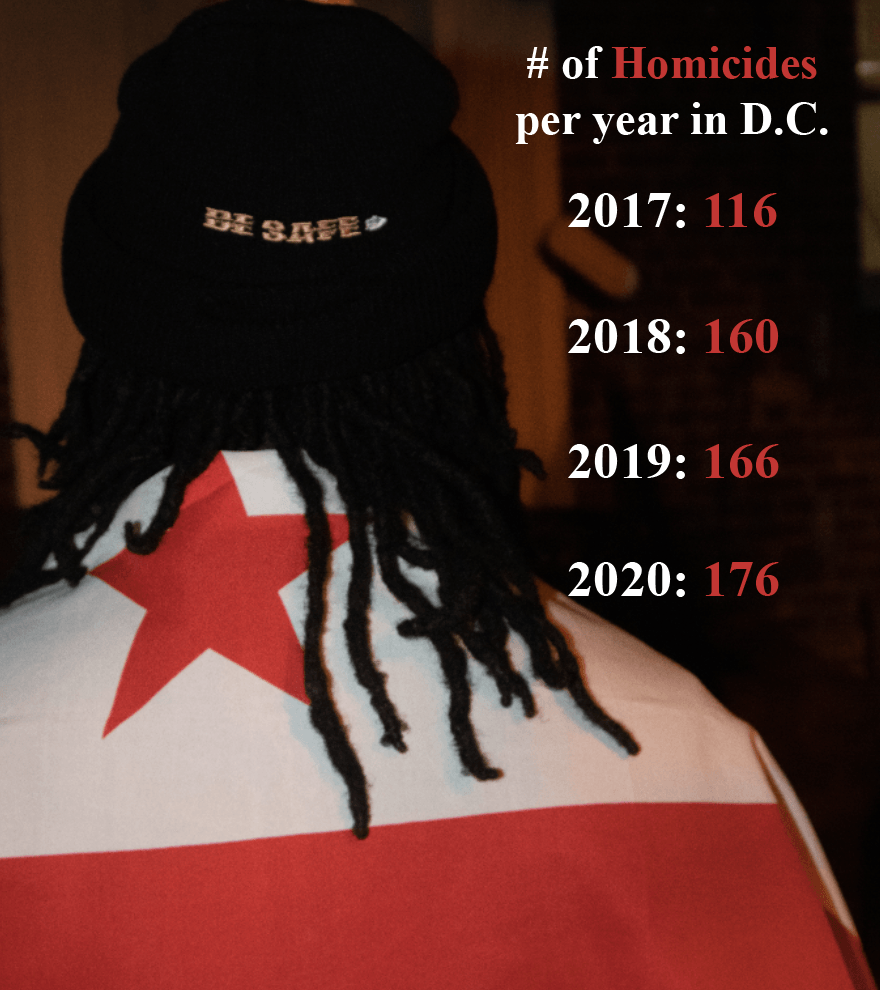
Amidst the most chaotic year in recent history… during a pandemic, during a social revolution regarding this country’s past, present and future racial transgressions, with a paradigm shifting Presidential election looming, Washington D.C. is facing a heartbreaking and familiar epidemic that it knows all too well: gun violence. Whether at the hands of the people sworn to protect and serve us or as a by-product of poverty, the lack of opportunities in our communities and displacement, murder has run rampant in the District in a way we haven’t seen for 15 some odd years. With 150+ murders in early October of 2020 (compared to 166 total murders in 2019), Washington, D.C. is on track for topping 200 murders for the first time since 2004. History of Murder Capital D.C.’s Mayor for Life, Marion Barry, once said ”It’s been like a frenzy. Once you start a name, it just becomes a name. You can’t get rid of it,” in respect to the city’s ‘Murder Capital’ tag. Throughout the 80s and 90s, Washington, D.C. did more than earn enough to earn the grim title. From 1988 to 1995, the homicide rate rested comfortably in the 400s, a frightening number for any city, but especially a city as small and compact as D.C. There were many contributing factors to this traumatic time period. First and foremost, we’d be remiss in not recognizing the profound effect the crack epidemic had on this area. Crack’s introduction in 1986 is the most obvious precursor to the ‘Murder Capital’, with D.C. also essentially becoming the ‘Crack Capital’ as well, with the largest crack-dealing organizations making as much as $8 million a month ($18 million in 2020, with inflation). This much street traffic, money and the murder that followed garnered a lot of attention - all the way to 1600 Pennsylvania Ave. Newly elected President George Bush made it a point to “restart” the War on Drugs because of the drug trade in Washington, D.C., using crack sold in a park across the street from the White House as an example. The subsequent policing and attention caused more harm than good, as the murder rate rose in the following years, but this clearly outlines the landscape this nickname was given in. Factors in Violence: (gentrification, poverty, lack of opportunity) Gun violence is not an issue that exists in a vacuum. It is the culmination of a number of things, ending in the perfect cocktail of circumstances needed for someone to be injured, sometimes fatally. When citizens are asked, they bring up the following as contributing factors: D.C. natives struggle with a lack of opportunity in an economically booming city, rising rent costs forcing residents into unfamiliar (sometimes even warring) neighborhoods, on top of an already irreparable relationship with the black community and the Metropolitan Police Department. This creates a deadly atmosphere, a hotbed for gun violence. Residents don’t feel safe and it is obvious how some may feel that carrying a weapon for your own self-defense is better than potentially losing your life, falling victim to this new landscape they have been put into. On the other hand, when it comes to individuals that may not have any opportunity, any way to feed themselves or their families, relying on less than savory methods of making money become necessary. This puts an unavoidable target on your back - either with other individuals in the streets, the police or both. The powers that be in Washington, D.C. have a responsibility to its citizens, to ensure that they are never put between a rock and a hard place, in this way. The cross-section of economics and public safety can be seen plainly here and real steps need to bee made to ensure the progress of all Washingtonians. 34th N EAT Party Shooting More recently, there has been two captivating stories: a celebration turned mass shooting and another young life taken too soon by America’s over-militarized police force. In the days leading up to August 9th, near the apex of a somewhat dormant and stifled summer as a result of the COVID-19 pandemic, a video went viral on social media. Hundreds of bottles of liquor advertising an annual cookout branded the ‘34th & EAT Cookout’, featuring the popular D.C. brand EAT, prompted hundreds of people to take to the streets. A little past midnight, shots rung out. 22 people were shot. 21 individuals were adults, including 12 of which are women, 9 male victims and 16 people between the ages of 20-29 years old. Heartbreakingly, a 17 year old young man, a father to an infant, lost his life. No one has been charged for these murderous actions and no explanations have been produced. The event was a perfect cocktail for mayhem, with alcohol amounting to thousands of dollars, the common violent occurrences of dice games and other cash-based gambling at parties and cookouts, ontop of the reality of warring neighborhoods in Washington, D.C. DEON KAY Deon Kay was similarly young. 18 years old with years of life ahead of him, his journey was cut short in a way that is all too familiar to young black men in this country: by a gun in the hands of a police officer. Police responded that a tip that Kay and two others were in their neighborhood brandishing guns and officers actively went looking for them. Upon being discovered, Kay fled, trying his best to escape capture. Officer Alexander Alvarez runs ahead of Kay, trying to cut him off. As we can only guess at this point, Deon realizes his capture is inevitable and he tries to best to toss his weapon. While doing so, Alvarez shoots and kills Deon Kay. The weapon in question was found nearly 100 feet away from Deon Kay’s lifeless body. Police shootings happen everyday in America. Rarely are we, the people, given the information to truly discern whether or not justice was truly served. Do I believe Deon Kay could have been apprehended without loss of life? I do. But at the end of the day, we can only truly focus on how to stop these situations and circumstances from being common occurrences in our communities.
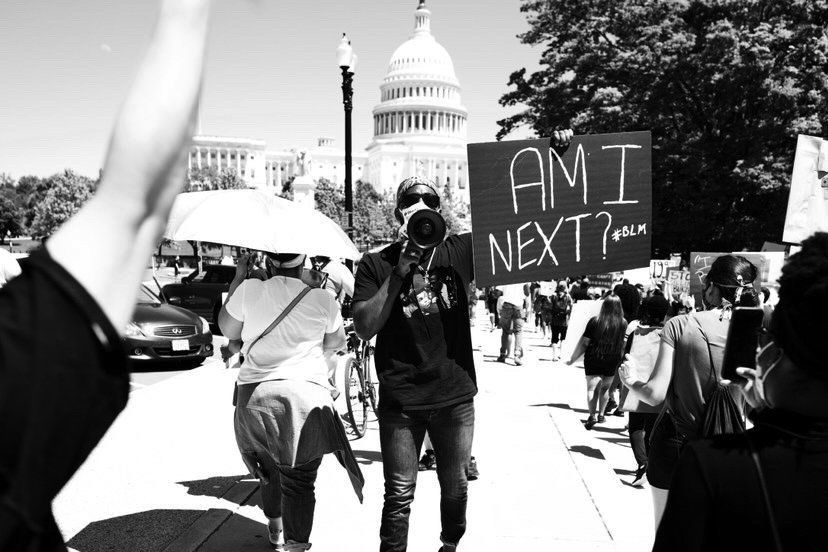
Why don't you like cops - All people have inherent worth and dignity - and people are not their jobs. When people say ACAB or Fuck 12 they are attacking the institution of the police and people who uphold and defend that system, many of those people are current or former law enforcement. The fact is policing is rooted in anti-blackness and racism. The origins of American policing come from pre-civil war slave catching forces and has throughout its history created and perpetuated a criminal justice system that actively kills Black people and holds Black communities back.
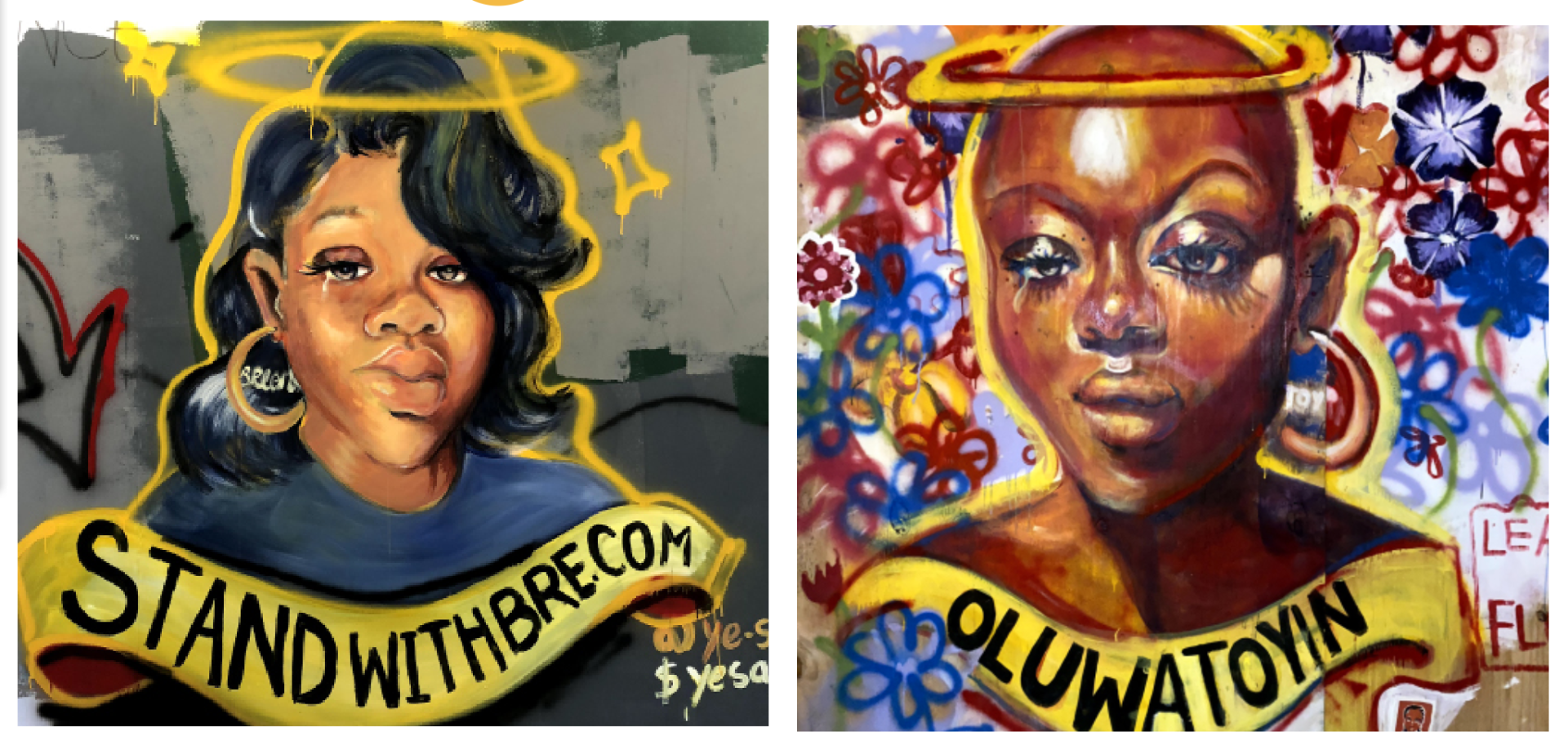
On May 25th, 2020, George Floyd was murdered by police officer Derek Chauvin, when he held his knee on Floyd’s neck for eight minutes and forty-six seconds. Video of Floyd’s last moments were recorded, and ultimately went viral through social media, sparking instant outrage. Subsequently, protests began nationwide, and the conversation on race and injustice in America was sparked once again. For many young Black Americans, Floyd’s death was the last straw. The tragic cases of Ahmaud Arbery as well as Breonna Taylor were already weighing on the minds of many. This was insult to injury. It was also nothing new. Each year, the list of black people who are murdered at the hands of the police grows. Many of those cases conclude with officers not being held accountable for their actions. In June 2020, we saw a boiling point nationwide. Despite the COVID-19 pandemic prompting the shutdown of business and life as we know it, protestors of all ages took to the streets. Many, looking for an outlet. A way to grieve and sort through the familiar pain of losing life to a system that does not care whether you live or die. Protest across the country have brought light to issues when many mainstream media outlets have failed to feel the pulse of the people who are demanding change. During protests, many are inclined to carry a sign to convey a message or share something they feel needs to be addressed. Within the new generation of protesters, art has become an important medium to convey messages to the masses. Coupled with protest, the lockdowns put in place due to COVID-19 presented challenges for many. In a world where technology rules and everyone is now working from home or attending school remotely, it was hard to ignore the movement for social justice taking place outside. Social media would ensure that was the case. And though it was good that a lot more people were forced to pay attention because of the surrounding circumstances of the world, for those who are all too familiar with the pain of being black in America, it was hard to take in all of the news without it taking a mental toll. For DC born and raised artist Yaytunde, art has been a major outlet during this tumulus year. A true chance to make a statement, while also addressing the many emotions that the death of black people wakens.
